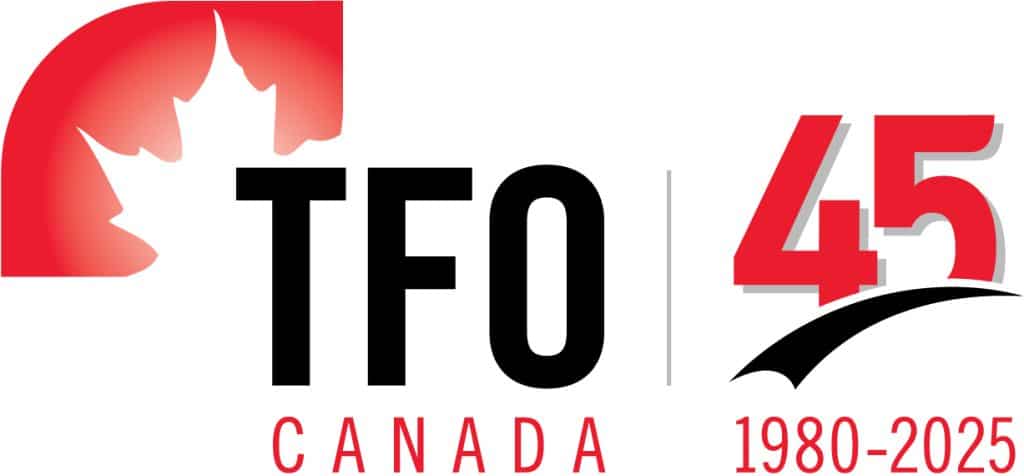Thanks to smartphones, consumers can execute several actions anytime and anywhere. In fact, global consumers used their mobile devices for an average of six distinct activities per day in 2019 with the greatest usage in emerging markets, according to Euromonitor International’s Lifestyles Survey.
Two-thirds of connected consumers access the internet on their mobile devices daily, making this the top activity, based on results from the same survey. Though connected consumers primarily use their smartphones to go online or communicate with others, they are increasingly using these devices for commerce-driven activities as well. Regardless of the specific activity, millennials turn to mobile more often than other generations.
Below are five key Euromonitor International statistics that will define the evolving digital consumer in 2020.
51% – Digital commerce executed via mobile devices
For the first time in history, more than half of all digital commerce spend globally will be executed using a mobile device in 2020. Asia Pacific, specifically China, is leading this revolution. This shift toward mobile has spread across the region with 72% of purchases expected to be made via mobile in 2020.
The transition to mobile for purchases has been slower in the developed world. As commerce moved online, these consumers were first trained to make such purchases through computers before smartphones became mainstream. Australia and the U.S. are the closest to conducting at least half of digital purchases via mobile among major developed economies with both expected to reach that tipping point within the next couple of years.
2.3% – Online purchases made via voice in the U.S.
Though still early, rising ownership of voice-enabled hardware and growing sophistication of voice assistants are creating potential for brands to engage with consumers via voice. In the intermediate term, the best opportunities will be around pre- and post-purchase as well as content marketing.
Only 2.3% of all consumer purchases in the U.S. as of 2020 will be made through voice, making the U.S. the leader followed by the U.K., Germany, China and Japan. By 2023, the U.S. and China are expected to be the world leaders with about 5% of digital commerce executed via voice.
There are challenges around purchasing via a voice platform, but the potential is there. Voice commerce functions best for purchases with a limited number of options. Examples include ordering an Uber or replenishing household goods. At present, voice is not well-suited for browsing across many options.
32% – Professionals expect artificial intelligence (AI) to enhance website search
The power of AI to transform the consumer experience is dominating conversations. AI is expected to be the most impactful technology on business, according to a survey Euromonitor International conducted of industry professionals in November 2019. Almost 70% of respondents ranked AI ahead of other buzzworthy technologies, including the Internet of Things, cloud, robotics/automation and augmented reality/virtual reality.
At its lowest common denominator, AI enables brands to better synthesize mounds of data and incorporate those learnings to improve the commerce experience. This is brought to life in a variety of ways, from empowering store associates to supporting more powerful search to enabling personalization. In 2020, respondents expect AI to lead to enhanced website search (32%) and improved customer engagement (30%) like tailored marketing and personalized recommendations.
42% – Professionals expect 5G to enable more personalized m-commerce experiences
The arrival of 5G will open the floodgates in terms of computing power with download speeds of one gigabit per second. The speed will be 10 times faster than what consumers have today with 4G. Industry professionals from the same Euromonitor International survey expect the use cases for 5G connectivity to evolve in time. About 40% expect 5G to lead to more efficient and personalized m-commerce experiences and better access in densely populated areas like sporting events.
While the full rollout of 5G will take a few years, its arrival will fundamentally change the role of the smartphone. Long term, the ultra-fast speeds and higher bandwidths are expected to lead to more personalized mobile experiences and the enhancement of AR and VR applications.
4.2 billion – Number of internet users globally
As of 2020, 55% of the global population will have access to the internet, equating to roughly 4.2 billion users. The continued rise in connectivity is being driven by the expanding use of smartphones in emerging markets. Mobile internet has been one of the greatest innovations, putting the world at consumers’ fingertips and allowing them to use these devices across life, including commerce.
